
Table of Contents
Scientific Classification
- Kingdom: Animalia
- Phylum: Chordata
- Class: Reptilia
- Order: Squamata
- Suborder: Lacertilia (or Sauria)
- Family: Gekkonidae
- Genus: Lepidodactylus
- Species: L. lugubris
Quick Overview
The Mourning Gecko (Lepidodactylus lugubris) is a small, nocturnal gecko known for its intriguing reproductive methods and soft chirping calls. Native to the Indo-Pacific region, these geckos have become established in various areas across the world due to their adaptability.
Fast Facts
- Scientific Name: “Lepidodactylus lugubris”
- Lifespan: 4-5 years in the wild; up to 10 years in captivity
- Average Size: 3-4 inches
- Diet: Omnivorous
- Habitat: Tropical forests and urban areas
Did you know?
Mourning Geckos are parthenogenic, meaning they can reproduce without males. All individuals are females and lay eggs that hatch into clones of the mother.
Appearance
These geckos have a slender body with smooth, tan or brown skin dotted with darker speckles. They possess large, expressive eyes, perfect for their nocturnal lifestyle.
Size and Weight
Typically, Mourning Geckos measure between 3-4 inches in length. Their lightweight bodies usually weigh only a few grams.
Temperament and Behavior
Though small, they are active and can be quite vocal, especially in the evening. They produce soft, chirping calls. In captivity, they might be a bit skittish but can become accustomed to their keepers over time.
Fun Fact:
The name “Mourning Gecko” is believed to come from their soft, sorrowful-sounding calls.
Habitat and Distribution
Originally from the Indo-Pacific region, they have established populations in many tropical areas due to their resilience and adaptability.
Care Guide
For those interested in keeping a Mourning Gecko:
- A humid environment, replicating their tropical habitat.
- Nighttime temperatures between 70-78°F.
- A diet of small insects and fruit nectars or gecko diets.
- Regular misting to maintain humidity levels.
- Climbing structures and plants for enrichment.
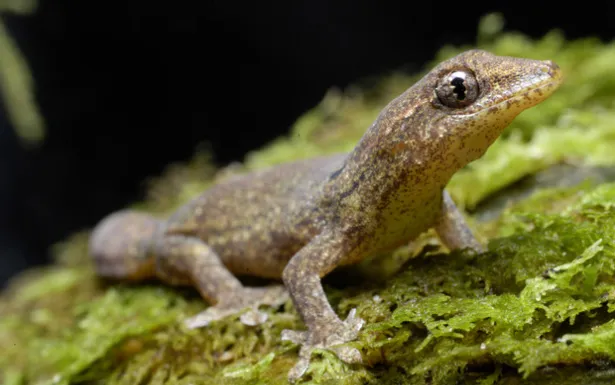
Diet and Nutrition
In the wild, they feed on small insects and nectar. In captivity, they enjoy a diet of fruit purees and small insects like fruit flies.
Fun Fact:
Due to their small size, Mourning Geckos play a vital role in controlling insect populations in their habitats.
Health and Wellness
Ensuring adequate humidity is essential for these geckos. Dehydration can be a concern. It’s also crucial to monitor for common reptile ailments like mites.
Breeding
Being parthenogenic, females lay eggs without needing to mate. The eggs, usually laid in hidden locations, hatch into female clones of the parent.
Conservation Status
Currently, the Mourning Gecko is not considered endangered, but like all species, it’s essential to ensure wild populations are not exploited.
Fun Fact:
Despite their small size, these geckos are excellent climbers and can quickly scale walls and ceilings.
Photo Gallery
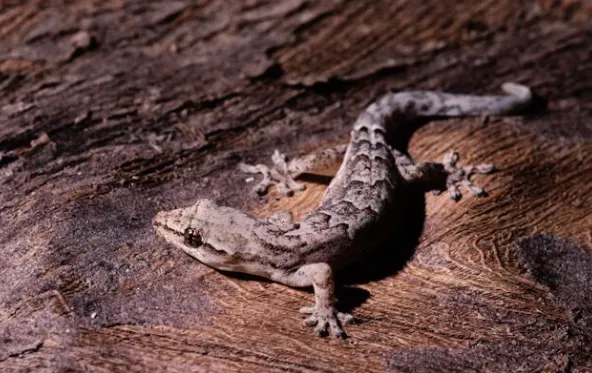
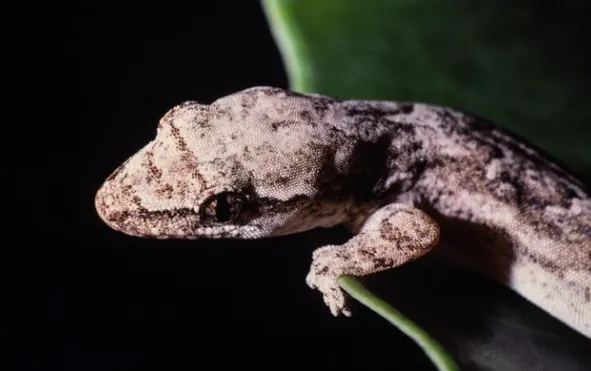
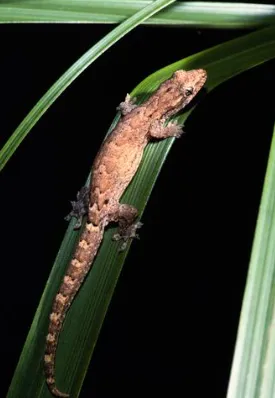

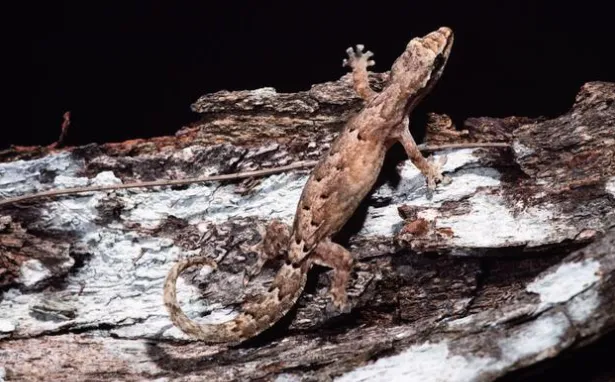
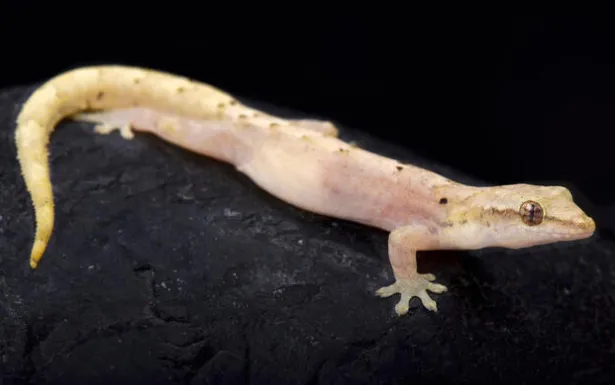

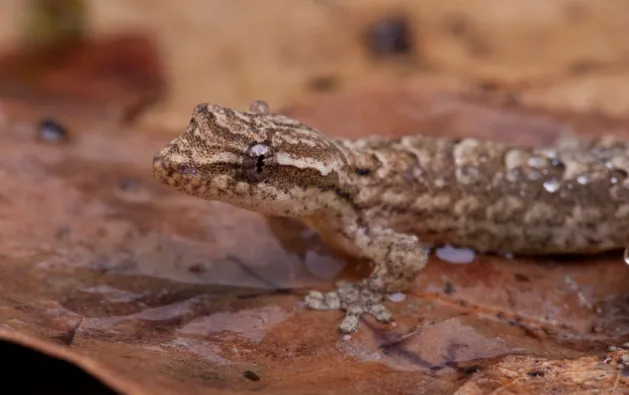
Check out the video below and watch how swiftly Mourning Geckos jump:
Related Profiles
Share This Profile
3 Amazing Facts About Mourning Gecko
- Vocal Communicators: Mourning Geckos are known for their distinctive, soft chirping sounds, especially during the evening. These calls, often mistaken for birds or insects, play a role in their social interactions and can be heard when they are communicating with other geckos.
- Natural Pest Controllers: Their diet of small insects means they play a vital role in controlling pest populations in their native habitats.
- World Travelers: While native to the Indo-Pacific region, these adaptable geckos have managed to colonize various areas worldwide, including parts of Central and South America.
- Enchi Ball Python: A Unique and Stunning Morph of Python regius - March 27, 2025
- Emerald Tree Monitor: The Enigmatic Green Guardian of the Rainforest - March 26, 2025
- The Egyptian Cobra (Naja haje): A Fascinating Serpent - March 25, 2025
